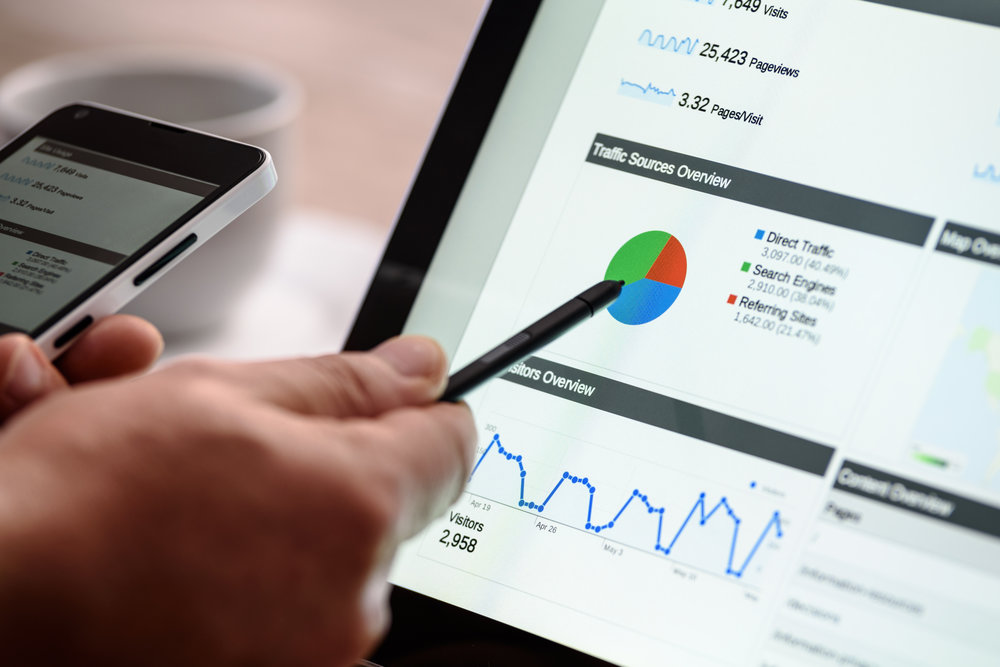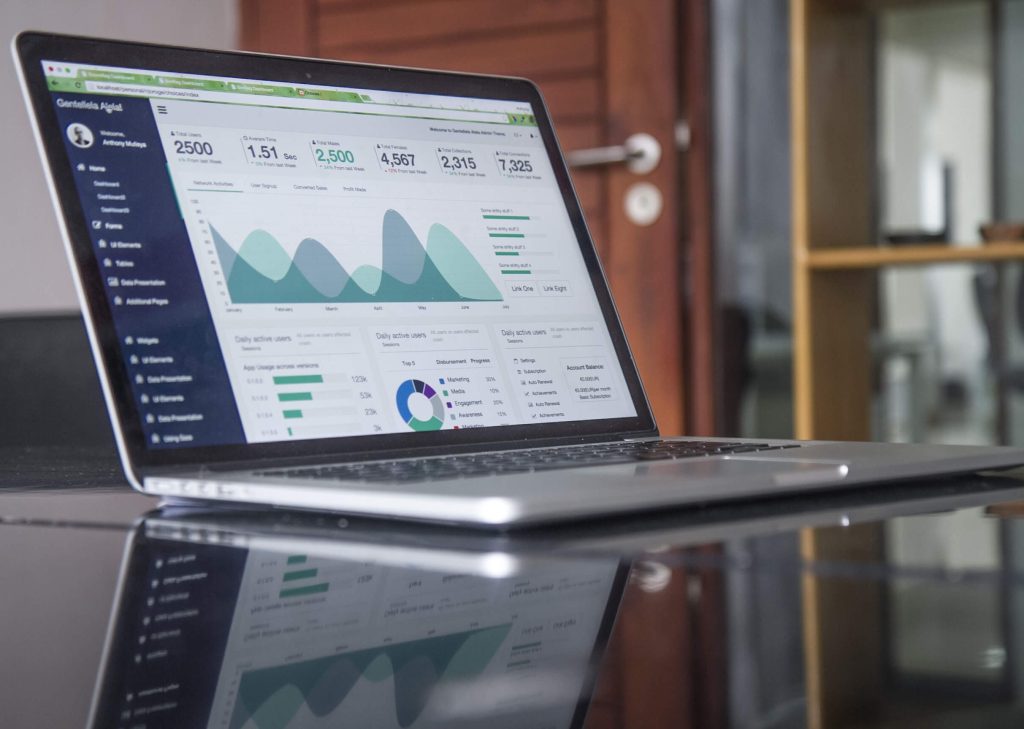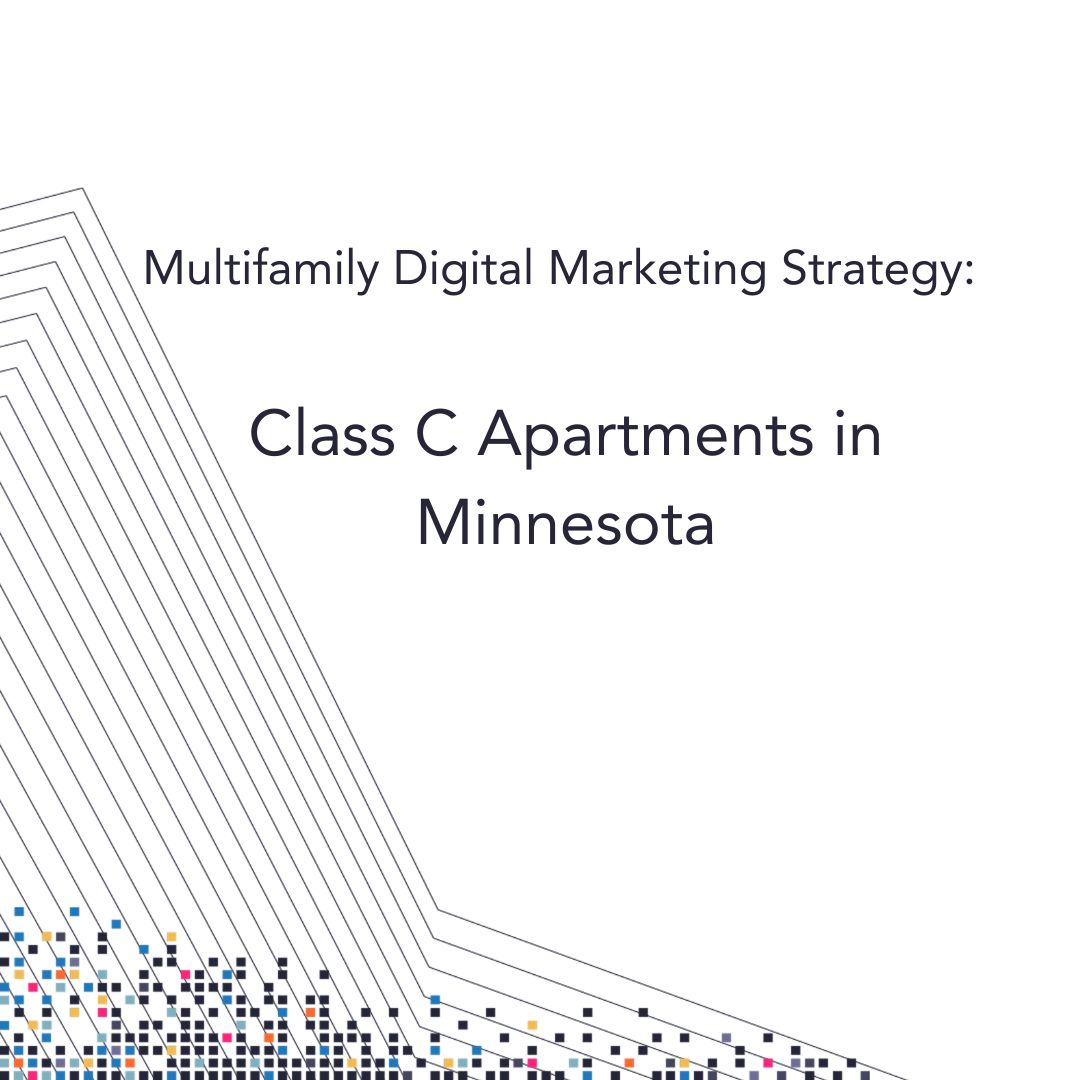AdWords (soon to be Google Ads) is expanding its Store Visitation reporting, formerly only available to large enterprise accounts, to SMB’s by the end of July. To enable this new reporting data will need to have a Google My Business account linked to their AdWords account and have active location extensions running. As this new reporting becomes available there are a few things you can do to prepare and be on the lookout for.

What Users Are More Likely to Visit
As the store visits reporting rolls out it will become even more important to look at different location segments and how users within a certain distance of the property behave different to those farther away. Users who are within a shorter distance of the property will be much more likely to click on an ad and then visiting the property without completing an on-site conversion (form fill, phone call, etc.). Looking at this data can help advertisers to optimize accordingly so that they do not optimize away from users who are closer to the property but not completing on site conversions.
Conversion Time Lag

Most of on-site conversions happen within 1 day of a user clicking on an ad. However, offline conversions, such as store visits can take longer for a user to complete. Therefore, it is important to look at the conversion time lag reports (in AdWords under tools > search attribution) before optimizing and reporting. When making optimizations it is important to know the typical time it takes a user to complete a store visit so that advertisers don’t make optimizations without all the conversions being reported. This conversion time lag may also change when reports are pulled. Pulling a report for the previous month on the 1st may cause the previous month to falsely report a decline in performance due to conversion for the end of the month having not been reported yet.
Negative Audiences
Advertisers should already have their current residents as negative audiences, but if they plan on looking at store visit reports this will become even more important. Without these negative audiences in place a current resident may search for the brand and click on an ad to visit the property website. Once there they may pay rent online or fill out a maintenance request and then visit the gym located inside the leasing office. This is a problem for two reasons: 1) Advertisers are paying for a click from a current resident. 2) This will be misreported as a store visit conversion. Advertisers can add currents residents as negative audience by upload physical addresses, phone numbers, emails, or a combination of all 3 (NOTE: the more data you provide the more accurate this audience will be in Google).
Want more deets on the new rollout? We can give you the lowdown.







